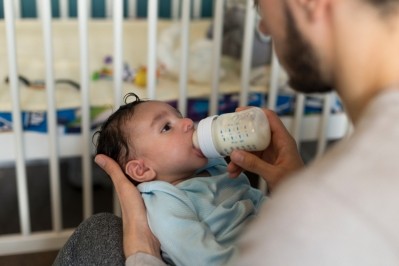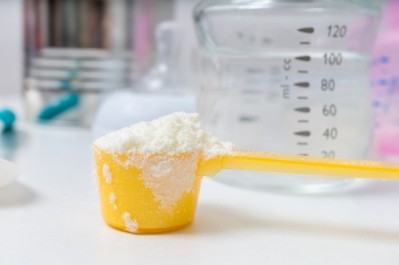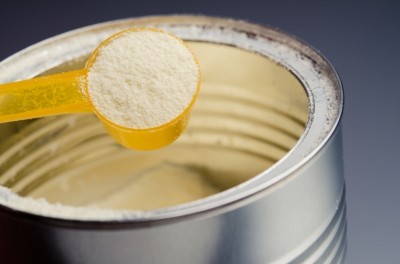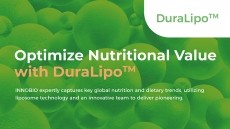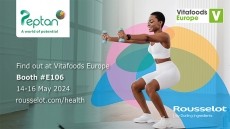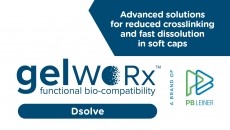News in Brief
EC lower minimum protein content for follow-on formula
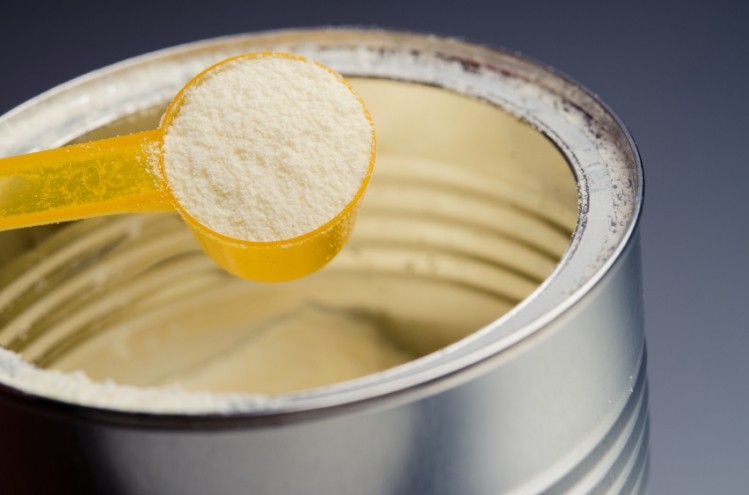
The decision follows conclusions made by the European Food Safety Authority (EFSA), which ruled that “Follow-on formula, based on intact protein from cow's milk or from goat's milk, with a protein content of 1.6 g/100 kcal (0,38 g/100 kJ) is safe and suitable for healthy infants living in Europe with an intake of complementary foods of a sufficient quality,” back in May 2017.
The Commission’s changes slightly revise values outlined in Regulation (EU) 2016/127, which instructed follow-on formula to contain at least 1.8 g protein/100 kcal (0.43 g/100 kJ).
The maximum value has also been revised with the commission setting out a protein content value of 2.5 g/100 kcal (0.6 g/100 kJ).
EFSA review
The application for placing a follow‐on formula that satisfied this new minimum onto the market was submitted by Nestlé Nutrition in April 2016.
In the assessment, EFSA looked at the dietary protein requirements of infants aged six to 12 months of age.
Also taken into consideration was the protein content of breast milk during the first year of lactation, as was the protein intake noted in a dietary survey in healthy European infants and two specialised studies.
EFSA’s also considered follow-on formula containing protein from other sources than cow or goat’s milk.
However, the available data did not permit EFSA to conclude the safety and suitability aspects of follow-on formula with a similar protein content consisting of soy protein isolates or protein hydrolysates.
